To preface this Article: Unlike a lot of the other articles you’ll find on this topic, I actually have first hand experience using pellet grills, and have burned through 1000s of pounds of pellets.
Almost every article on this topic will try to monetize your visit to their website by promoting products to store your pellets in.
It’s honestly to the point where they use scare tactics to entice you into buying either their product or someone else’s product. In my opinion, most of it, if not all of it is overpriced gimmicky garbage.
Practical Ways to Store Wood Pellets at Home
(Click to Jump to each section)
1. Original Packaging (Yes, it’s totally fine)
2. Using a Potato Chip Bag Clip (in the Original packaging still – Shocker!)
3. In a Home Depot Plastic Bucket that Costs $5
1. In the Original Plastic Packaging (Gasp!)
The best option – and the one I use the most – is in the original plastic packaging that the wood pellets come in.
The bag should be rolled closed and kept in an area that’s less prone to temperature and moisture changes.
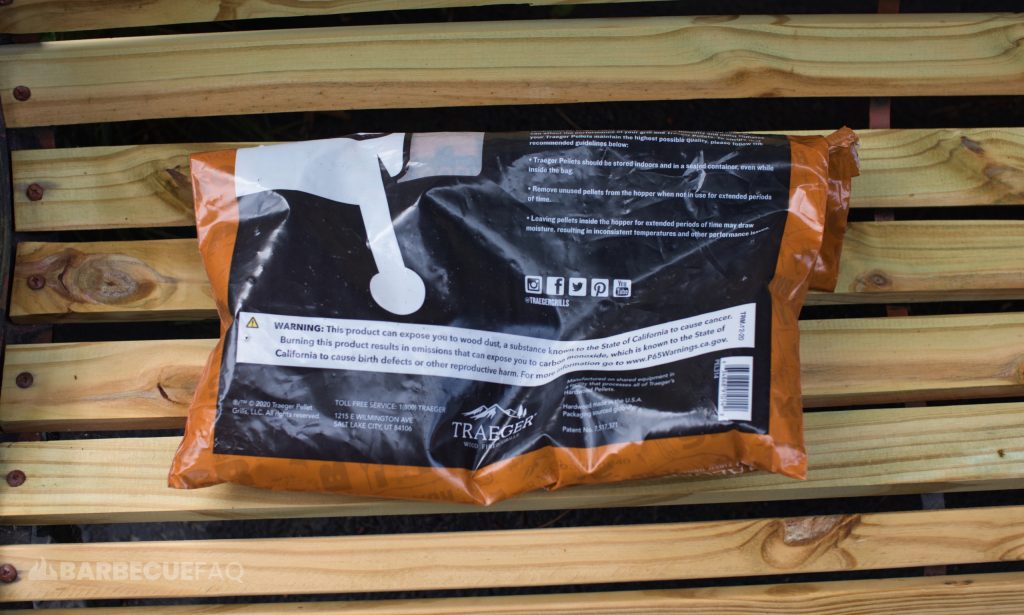
A number of articles and pellet grill manufacturers will advise against this due to the potential for moisture ingress.
However, I completely disagree.
I’ve lived in New Hampshire my entire life and if you’re unfamiliar with New England weather, it’s apt to change at the drop of a hat; Meaning, it could be 30F one day and 70F the next.
In my opinion, the above are extreme conditions that are prone to temperature and moisture swing. Yet, I’ve still never had problems storing my pellets in the original packaging in my barn or in my garage.
These grill manufacturers also act like the shelves in a warehouse or big box store are somehow different from the interior of your home – both are temperature controlled environments.
If anything, if you’re super concerned with moisture, store the bag in your house in a cool dry place.
2. Using Potato Chip Bag Clips
There are products engineered specifically for plastic wood pellet bags, however they’re honestly a gimmick at best.
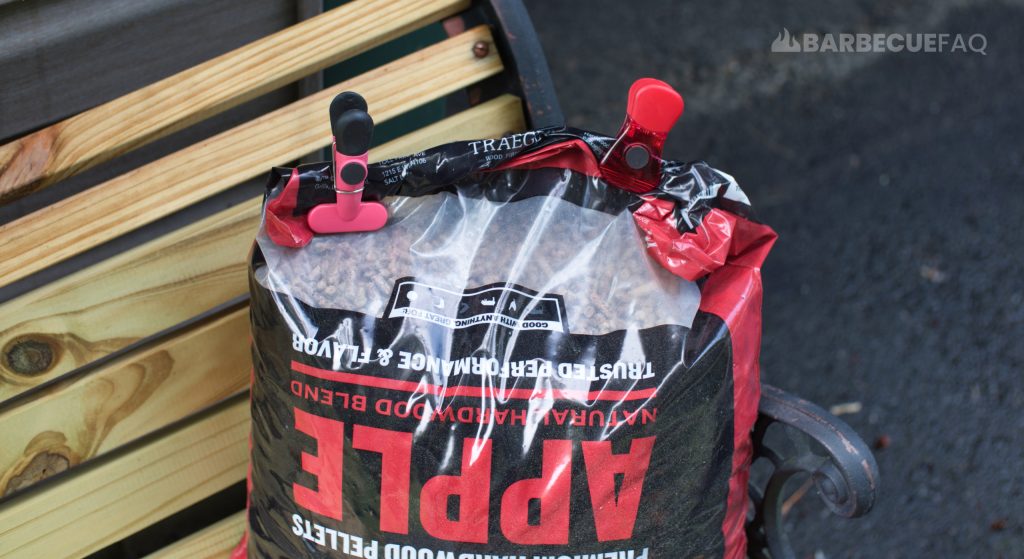
I could never and I mean never get myself to spend $30+ on a bag clip.
Rather, if I’ve ever had concerns about the bag not staying closed when I roll it up, I’d grab a potato chip bag clip (or two) and clip the end of the bag shut.
A 10-20 pack of these you can find at a Grocery Store or even a discount store for maybe $0.50 per clip or $5-10 (or less).
In my opinion, there is literally zero difference between a potato chip bag clip and bag clips “engineered” for a plastic bag of pellets.
3. A Cheap Plastic Bucket from Home Depot
This is another area where the grilling industry has created products that don’t need to be created.

Typically, they’ll start with a plastic bucket and then include things like a wire mesh filter that’s used to separate the pellets from the pellet dust; They might also include a plastic scooper to scoop the pellets with.
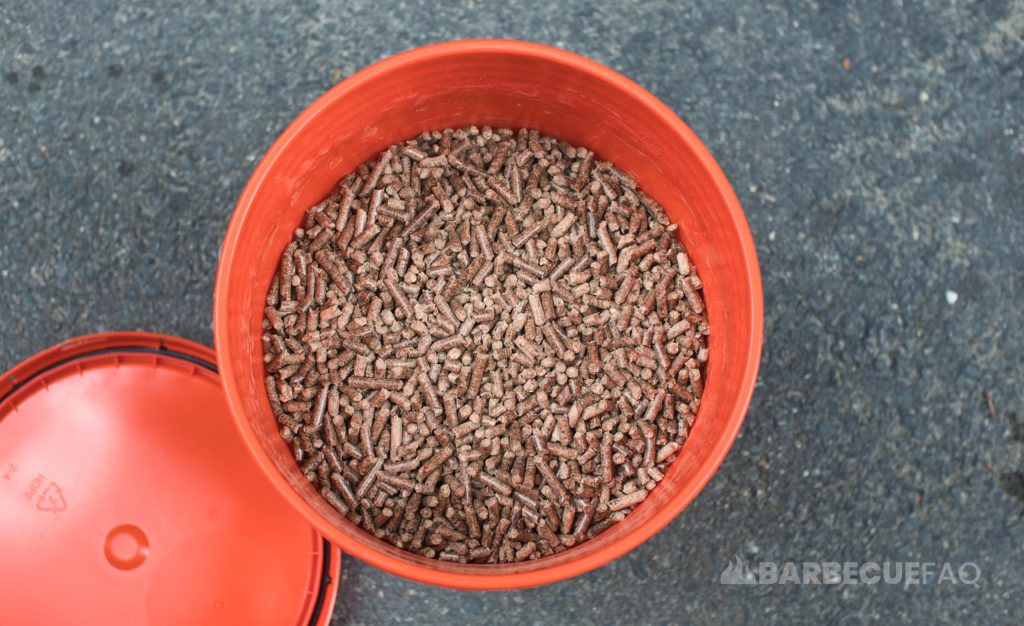
In my opinion, this is completely unnecessary and again just another way to sell an overpriced plastic bucket.
Rather, I’ve owned and used plastic Home Depot Homer buckets for years.
- A Home Depot Homer bucket costs
$3.48$2.98 on sale - The Lid costs
$2.28$1.98 on sale - Optional: A plastic scoop costs $3.39 – personally I’ve always just dumped the pellets from the bucket as it can only weigh 20 lbs at most (the size of the bag); I also don’t believe in clearing the hopper after each cook.
Our total is $8.35
These overpriced pellet buckets can run you anywhere from $20 – 40 for a bucket, a mesh filter, and a scoop.
I get that companies need to make money…but not at my expense for a glorified bucket.
4. In the Pellet Grill’s Hopper
Something to keep in mind is that the hopper capacity of most pellet grills these days is 20 lbs.
A typical bag of pellets weighs 20 lbs.

It wasn’t until recent years where pellet grill manufacturers started to include pellet chutes on their hoppers. Meaning, it wasn’t even possible to remove the pellets from the hopper 5-10 years ago.
Read. Between. The. Lines.
Suffice to say, the hopper can function as storage for the pellets.
Typically, I buy 20 lb bags of pellets and simply dump the bag into the hopper. If I have any left in the bag, I roll it closed and store them in my garage.
Other Stuff to Keep in Mind When Storing Pellets
Moisture is the enemy of wood pellets.
Wood used for smoking is seasoned and will typically fall within the moisture ranges of ~10-20%.
Wood is also “hygroscopic”, meaning, when it’s exposed to air it will gain or lose moisture until it’s balanced with the humidity and temperature of the air.
For this reason, people who sell pellets, wood chips, chunks, etc. suggest storing your wood in a cool, dry place or in a container where air can circulate.
Excessive amounts of moisture can lead to rotting and/or mold. It can also cause the pellets to turn to mush. When this material dries, it can solidify and act like a cement and completely clog your auger.

Meaning, they’re no longer usable.
For this reason, I’d suggest storing the pellet grill itself with the lid closed, under a roof/shelter, with a climate resistant cover.
Keep the Pellets Off the Ground
Moisture can wick through concrete, cement, and dirt because these surfaces are porous. This is the same reason basements are typically damp and require a dehumidifier.
If you can, at a minimum, store the bags on a pallet, shelf, or even on a cardboard slip sheet.
Keep Away From Heat Sources
Keep away from open fires or near heat sources like your pellet grill, wood boiler, stove, furnace, a heater, etc.



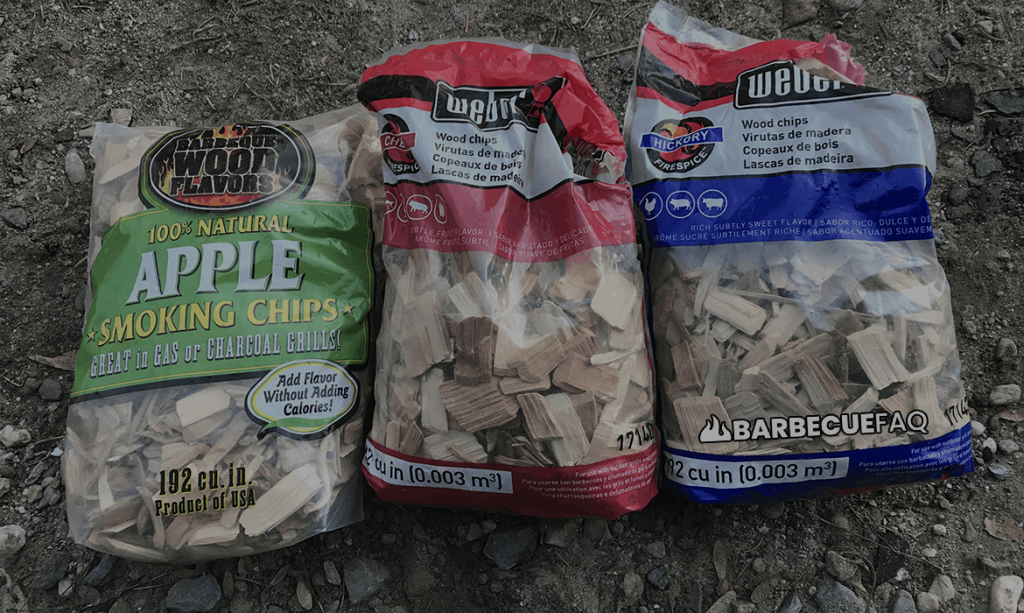
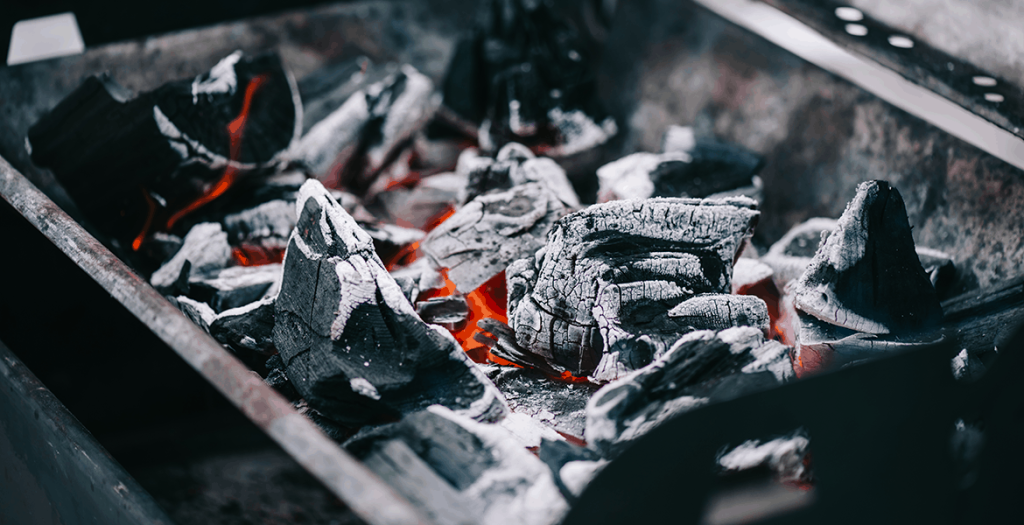
2 comments
William Breckenridge
I am new (two weeks) to pellet grilling, I love it already.
Reading your article sounds like I am listening to my mind, or my father, talking to me. Common sense and DON’T THROW YOUR MONEY AWAY. Thank you for writing this.
Dylan Clay
Happy to help William. Your comment is the reason I created this site. My Father is actually the inspiration for BarbecueFAQ and in the content I try to echo his candor; Needless to say, I’m happy to hear it comes across to other people.